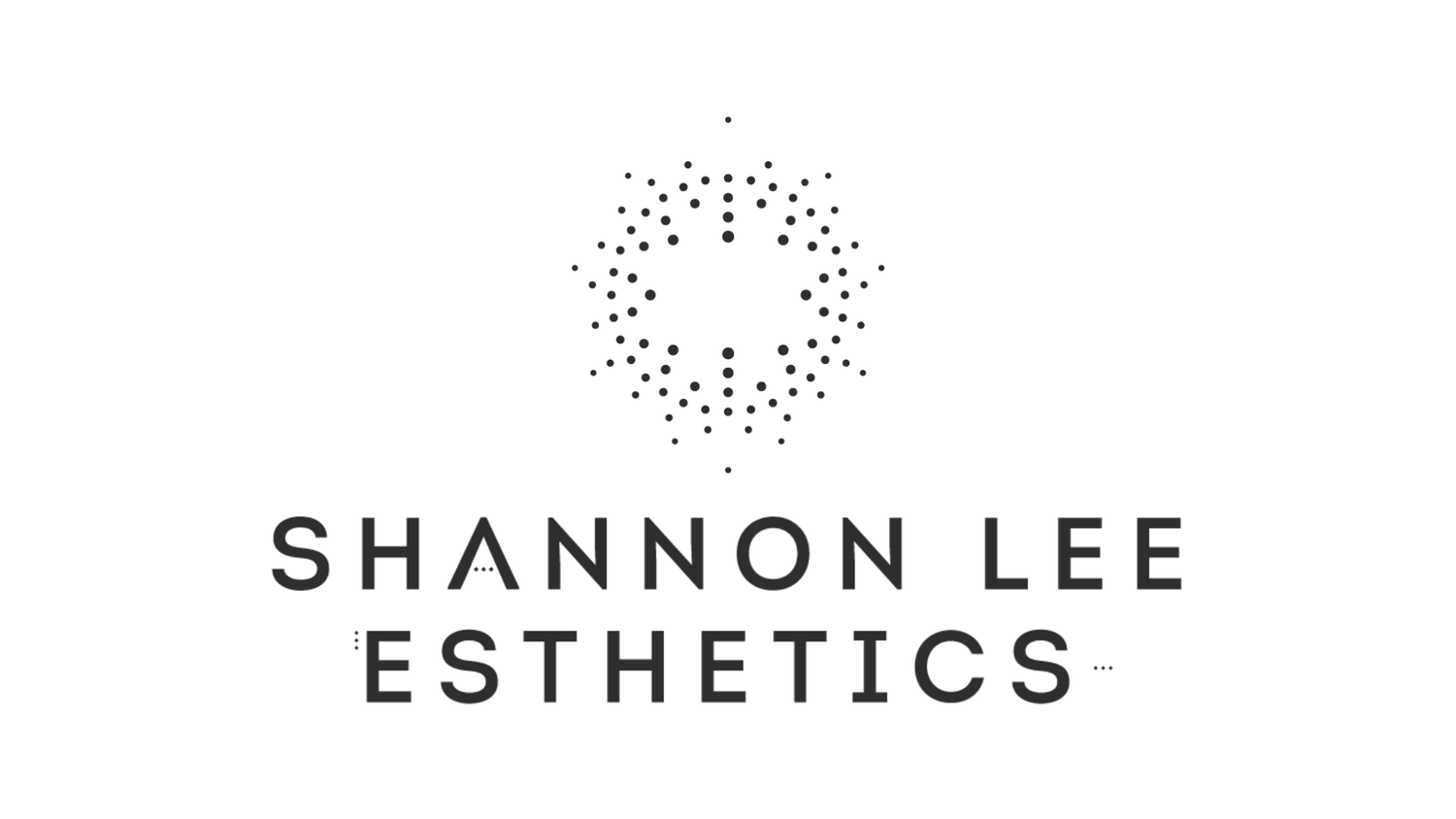Let's talk about Fungal Acne!
Hello there! Welcome back.
Today, we're going to delve into a topic that might make you go "Eww!" but fear not. We're talking about fungal acne! Yes, I know! it sounds like something out of a science fiction movie, but it's a real skincare concern that you should know about.
First things first, let's clear up any confusion. Fungal acne, also known as pityrosporum folliculitis, isn't your typical acne caused by clogged pores and excess oil production. Nope, it's a sneaky impostor caused by an overgrowth of yeast called Malassezia that lives on everyone's skin. It's like a party-crasher that decides to take over your face without an invitation!
But don't worry, we're here to help you kick those unwanted guests to the curb. The tricky thing about fungal acne is that it often masquerades as regular acne, with small red bumps or pustules popping up on your face, back, or chest. However, there are a few telltale signs that can help you spot the difference:
Fungal acne tends to have a uniform appearance, with clusters of tiny bumps that can be itchy and sometimes even sore.
It loves to hang out in places where sweat and oil like to congregate, so if you're prone to sweating or have oily skin, you might be more susceptible.
Now, let's talk about prevention and treatment because we're all about solutions here.
The first step is to keep things clean and dry. Remember, that pesky yeast thrives in warm and moist environments, so make sure to wash your face and body with a gentle cleanser and pat dry thoroughly.
Avoid heavy, occlusive moisturizers that can create a breeding ground for the yeast. Opt for lightweight, oil-free products that won't suffocate your skin.
Another secret weapon in your fungal acne-fighting arsenal is incorporating antifungal ingredients into your routine. Look for products that contain ingredients like tea tree oil, pyrithione zinc, or ketoconazole. These powerhouses can help reduce the yeast overgrowth and keep those pesky bumps at bay. Just be cautious with tea tree oil, as it can be a bit strong for some skin types, so dilute it before use.
While we're on the topic of prevention, it's also essential to avoid sharing things like towels, pillowcases, or makeup brushes with others. We don't want any unwanted fungal party invitations, right?
If you find yourself battling a full-blown fungal acne invasion, don't despair! There are over-the-counter antifungal creams and lotions that can come to the rescue. However, if things persist or worsen, it's always a good idea to consult a dermatologist who can provide personalized advice and prescription treatments if needed.
Remember, lovelies, skincare should be fun and enjoyable, even when we're dealing with the not-so-pleasant stuff like fungal acne. Take care of your skin, listen to its needs, and don't be afraid to seek help when you need it, that´s what I am here for!
With a little patience and the right approach, you'll be able to bid farewell to those pesky fungal acne bumps and say hello to a happier, healthier complexion.
Until next time, keep smiling and keep shining! Your skin deserves all the love in the world. I would love to See you soon!
Shannon Lee,

